


Foamtech Antifire company conforms to all the national and international approvals, certifications and guidelines
At Foamtech Antifire, we manufacture high-quality fire-fighting dry chemical powders, which are versatile in their use and application. Naturally, these powders are highly effective against Class A, B, and C fires, all of which is backed up by the approvals granted to the products by class-leading approval agencies, such as Underwriters Laboratories, Lloyd’s Register, and the Indian Standards Institute.
Foam Chambers
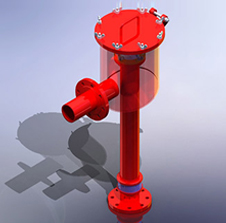
The foam chamber is typically used to apply a low-expansion foam solution onto the surface of liquids stored in storage tanks, quickly creating a secure foam blanket. The most common structures these are installed into are vertical fixed (cone) roof storage tanks, either with or without internal floating roofs.
Systems are usually designed to NFPA 11 (Standard for Low-, Medium-, and High-Expansion Foam); the foam solution is applied across the complete surface area of the liquid. Foam chambers are defined by NFPA 11 as Type II Discharge Outlets for delivering foam to the surface of a flammable liquid. They can be used in conjunction with inline foam inductors, balanced-pressure foam proportioning systems, bladder tank proportioners, or foam tenders.
Handline Nozzles
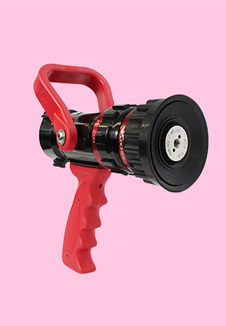
The Foamtech low-expansion foam handline nozzles can be used with all low-expansion foam concentrates, such as fluoroprotein (FP), aqueous film-forming foam (AFFF), alcohol-resistant aqueous film-forming foam (AR-AFFF), and Class A concentrates.
These portable, air-aspirating nozzles can also be used to extinguish a variety of flammable liquid fires using Foamer Class B foam concentrates.
Typical applications include municipal fire departments, crash-fire-rescue (CFR) vehicles, or for handline applications around tank farms, loading racks, aircraft hangars, and chemical plants.
When using SILV-EX PLUS Class A foam, an effective blanketing foam is produced. This blanketing foam is ideal for structural fires and other deep-seated risks involving tires, rolled paper, baled cotton, and coal bunkers.
The advantage of low-expansion foam compared to medium-expansion is the greater stream range and superior cooling effect achieved by the higher water content.
Foam Generators
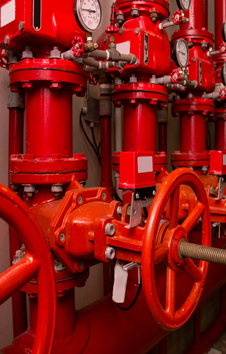
Foam generators are designed to expand foam solution into millions of tiny bubbles in which the solution is expanded in
volume to a range exceeding 200:1.
The extinguishing effectiveness of the Foamtech HX generator (FCH*-250) is achieved via a combination of the following:
- Free air movement essential for continued combustion is reduced.
- Transition to steam: The water content of the foam solution dilutes the oxygen concentration, achieving a level below which combustion cannot be supported.
- Reduced surface tension of the foam solution draining from the expanded foam penetrates the Class A materials, extinguishing deep-seated fires.
- Foam solution lowers the temperature below the combustion point or auto-ignition temperature of Class A and B fuels.
- The insulating and heat-reflecting properties of the foam blanket provide a heat shield, preventing fire spread and extinguishing deep-seated fires.
Wet Chemical
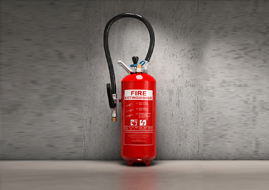
- Class A Fire: Wood, Textiles, Paper, Cotton Mill, Jute Mill etc.
- Class B Fire: Petoleum, Oil, Diesel, Paint, Varnish, Solvent.
Water Mist
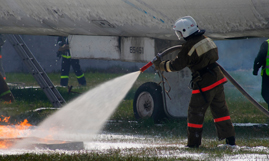
- Class A Fire: Wood, Textiles, Paper, Cotton Mill, Jute Mill etc.
- Class B Fire: Petoleum, Oil, Diesel, Paint, Varnish, Solvent.


